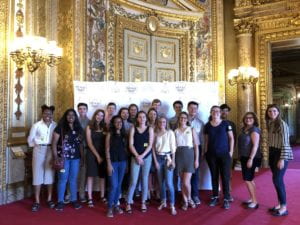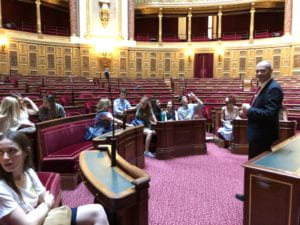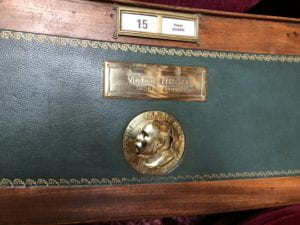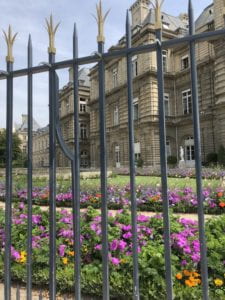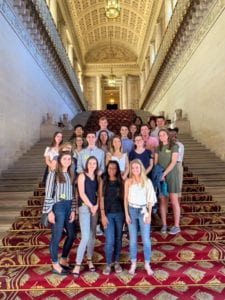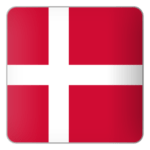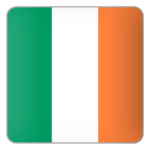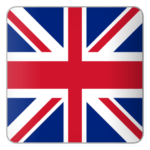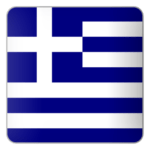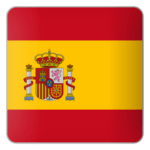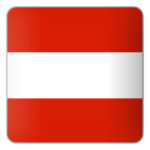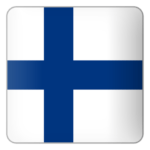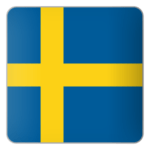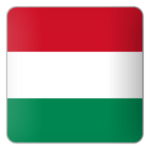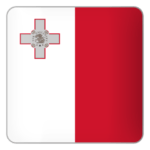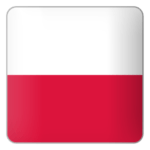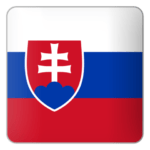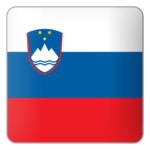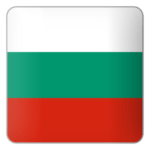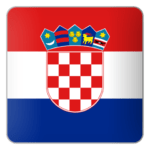After spending the last eight and a half weeks focusing on the EU and other International institutions one could be excused for temporarily forgetting the importance of national governments. Nonetheless, we stepped back into the slightly smaller world of national politics this morning with a trip to the Binnenhof, the headquarters of the Dutch government. After receiving VIP passes for our guided tour we were taken into the complex that has stood since the 13th century. We followed our guide into an old wine cellar where we watched a short video explaining the history of the Binnenhof. The complex had been built by Dutch nobility in the mid 1200’s and was slowly expanded over the following centuries. It served many roles under differing Dutch, Spanish, and French governments but eventually became the location for the Senate and the House of Representatives. Though the House grew too large and recently moved to a different complex, the Binnenhof still houses the Senate, the Prime Minister’s office and serves as the center of government in the hearts of the Dutch people.

Probably the most well-known event that happens at the Binnenhof is Prince’s Day or Budget Day, where every year, on the third Tuesday of September, the King gives a speech to the House of Representatives, the Senate, and many high-level diplomats in the Hall of Knights. In this speech, he outlines the major governmental objectives for the coming year. This day is also important because it is when the finance minister outlines the country’s budget for the coming year. In the hall, there is an upper balcony where the public can come and watch. However, it is quite small and our guide said that the waiting list to get in on Prince’s Day is ten years long.

Out guide then took us out of the hall and, from the courtyard, showed us where Dutch leaders were currently debating as they try to form a coalition government. The Netherlands is primarily represented by the 150-member House of Representatives. The members of the house are chosen by proportional representation with around 70,000 votes resulting in one seat in parliament. This system, while effective at including many different viewpoints, also leads to a body with many different political parties. Our guide informed us that since the current governmental system came into place, the Netherlands has never had a single party gain a simple majority and there are currently 13 parties represented in the House. The largest party in the house, the leftist VVD headed by current Prime Minister Mark Rutte, has 33 seats while the smallest party, the Forum for Democracy, holds just two seats. The largest four parties are currently working on creating a coalition government. Worryingly, these negotiations have been going for over 110 days as compared to the historical average of 90.
We then were taken into the historical Senate chamber. The room is a majestically decorated portal to the golden age of the Netherlands. Portraits of some of the most important Dutch citizens surround the room. Along the ceiling, painted by students of Rembrandt, are caricatures of people from across the word trying to get a glimpse of how the Netherlands was so successful. In the center of the painted ceiling was a portrait of Dutch children watching the politicians to remind them that they are setting an example for posterity. Over the President’s seat in the center of the chamber hangs a portrait of King William the first, who ceded much of his power to the people. Officially this happened because the good king recognized the need for representative government and wanted to help his citizens. Our guide had a different understanding. He told us that the King was worried about two things, first his large outstanding debts to his cousin, the Russian Tsar. Secondly, he was worried about the possibility of political blackmail from his opposition due to his many affairs with both women and men. Afraid of damaging his public image, our guide suggested that he ceded his power to remain popular in the eyes of the citizens. Nonetheless, King William’s portrait hangs proudly in the Senate and is remembered for his actions that benefit the Dutch people.

The Senate as a legislative body is also interesting. Rather than being directly elected, the 75 Senators are selected by regional legislatures. This separates the body from the public and leads to it being slightly different in makeup from the House. Another interesting quirk about the Senate is that it is only a part time position. The body only meets once a week and the members have other jobs in politics or industry outside of being Senators. This gives the members the ability to see the impact of legislation in real life. In the passing of legislation, the Senators review all the bills after they are passed by the House. However, the Senate can only approve or deny legislation, not write their own or make amendments. Because of this inability to act there have been some proposals to disband the Senate entirely but for now it remains a traditional part of the Dutch legislative process.


After our short foray into national politics we wandered back into the realm of supranational organizations by going to see the Peace Palace, the location of the International Court of Justice (ICJ) and the Permanent Court of Arbitration (PCA). Sadly, we were not able to take a tour of the building but we were able to learn about the important work done there by visiting the Palace Museum. The Palace was built in the early years of the 20th century after two peace conferences in 1899 and 1907 and a sizable donation from Andrew Carnegie. Initially only supporting the PCA, the project seemed fool hearted in the first half of the 20th century which saw the worst conflict that the world has ever seen in WW1 and WW2. However, after the founding of the ICJ in 1945 as the principal judicial body of the UN the Palace began to see a resurgence. In modern times both the PCA and the ICJ help nations to resolve international conflicts without resorting to military means. There were case studies highlighting the successes of the organizations such as a dispute over Red Sea islands between Eretria and Yemen or a conflict over the building of a dam between Slovakia and Hungary. The ICJ and the PCA play an integral role in maintaining peace in our modern world and will be increasingly necessary as technology accelerates the pace of change.

The Peace Palace is also home to the Hague Academy of International Law and the Peace Palace Library. The Academy draws professors and students from around the world in the study of international law. Students can attend lectures from some of the world’s most prestigious international law academics and receive an internationally recognized and valued honor in having attended the Academy. The Palace is also home to the famous library, created as Carnegie’s one requirement for his funding of the building. The library is one of the most important international law libraries in the world and serves both the legal professionals in the ICJ and the PCA as well as the Academy’s students.

Our day saw a wide breath of information packed into two relatively quick site visits. Along with giving us a basic understanding of how Dutch government operates, our trip to Binnenhof also gave us another glimpse at a democratic alternative to the US legislative system. Being able to compare other systems around the world can help us see the strengths and weaknesses of our own system and think of opportunities for improvement. The trip to the Peace Palace gave us another consider how international organizations based on cooperation are essential to maintaining the current peaceful world order. The museum gave us a wonderful, interactive consider the two bodies and gave us a reason to come back and spend more time in a full tour. Tomorrow we are looking forward to a day trip to Amsterdam to take advantage of some of great museums, cultural, and historical landmarks that this region offers.
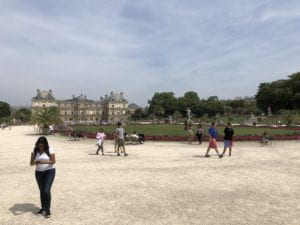
 des Conférences was commissioned during the second Empire and thus holds mainly that stye but it also includes Napoleon’s Throne which was used both by Napoleon and Napoleon III.
des Conférences was commissioned during the second Empire and thus holds mainly that stye but it also includes Napoleon’s Throne which was used both by Napoleon and Napoleon III. 
